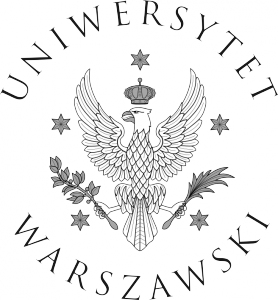Sanecka Patrycja
Physical Chemistry Department
Laboratory of Nuclear Magnetic Resonance Spectroscopy
Randomized Benchmarking studied by Nuclear Magnetic Resonance spectroscopy
Patrycja Sanecka
Supervisor: dr Piotr Garbacz
Nuclear Magnetic Resonance spectroscopy (NMR) is widely used in quantum information processing studies [1]. It provides a useful implementation of a quantum bit (qubit), i.e., a spin-½ nucleus, and enables observation of the dynamics in quantum systems. The issue that has to be considered in every implementation of the quantum circuit is the problem of errors elimination which are exponentially growing with the size of the number of qubits used in computation. One of approaches which was formulated for error correction in NMR is the randomized benchmarking protocol [2]. In this protocol, the experiment starts from preparation of a specific state of the spin system, i.e., the pseudo-pure state, then a random series of quantum gates is applied (implemented as a sequence of radiofrequency pulses and delays [3]) and next the final state of the system is determined using the quantum state tomography protocol [4]. This procedure was implemented in the two spin-system of the carbon‑13 labelled chloroform molecule. The influence of imperfections of the experimental setup on the resultant quantum state of the spin system was studied as a function of the chosen set of quantum gates and the length of the randomized gates sequence.
Literature:
[1] Stolze J., Suter D., Quantum computing: a short course from theory to experiment, John Wiley and Sons Ltd, West Sussex, PO19 8SQ, England, 2008.
[2] Knill E., Leibfried D., Reichle R., Britton J., Blakestad R. B., Jost J. D., Langer C., Ozeri R., S. Seidelin, and D. J. Wineland. Randomized benchmarking of quantum gates. Phys. Rev. A, 77:012307, 2008.
[3] Levitt M. H., Spin dynamics: basics of nuclear magnetic resonance, John Wiley and Sons Ltd, West Sussex, PO19 8SQ, England, 2005.
[4] Lee J. S. The quantum state tomography on an nmr system. Lett. A, 305:349, 2002.

